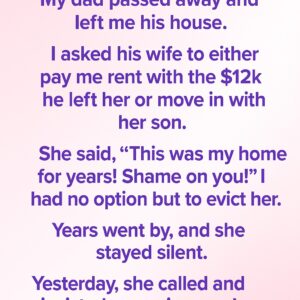On certain days, local communities are reminded of how important safety protocols, emergency response, and public awareness truly are.
Recently, in Newburgh, Indiana, reports emerged of a chemical fire that led authorities to issue precautionary measures for residents.
While emergency crews worked diligently to bring the situation under control, the event highlighted not only the immediate impact of such incidents but also the broader importance of preparedness and communication.
This article takes a closer look at the situation, explains why safety advisories are sometimes issued, and provides an in-depth
overview of how communities can protect themselves during environmental emergencies.
The goal is to share knowledge in a way that keeps readers informed, calm, and prepared—while avoiding unnecessary alarm. What Happened in Newburgh?
According to early reports, a fire involving chemical materials broke out in Newburgh, Indiana
. Local fire crews and emergency management teams responded quickly to address the situation.
As part of their precautionary efforts, officials recommended that some residents limit outdoor activity and keep windows and doors closed while air quality assessments were being conducted.
At around 3:33 PM CDT, local outlets confirmed that multiple fire crews were on the scene.
Community members began sharing updates, but officials emphasized the importance of relying on verified sources for accurate information.
By the time public notices were released, residents were encouraged
to remain cautious and follow safety instructions until official updates confirmed that conditions were safe.
Why Do Authorities Issue Shelter-in-Place Advisories? When fires involve chemical substances, smoke can contain particles
or fumes that may be harmful if inhaled. A shelter-in-place advisory is one of the most effective
ways to reduce exposure while crews work on containment and cleanup.
This type of advisory does not mean there is immediate danger to everyone in the area. Instead, it is a preventive measure—
a way to protect residents while data about air quality is being gathered.
Staying indoors, turning off air conditioning systems that pull in outside air, and sealing windows can minimize exposure to potentially harmful particles.





